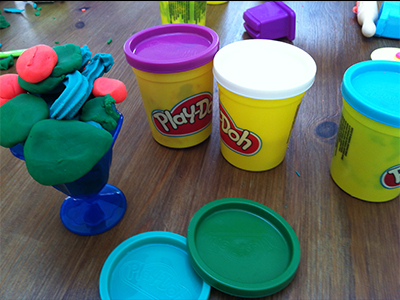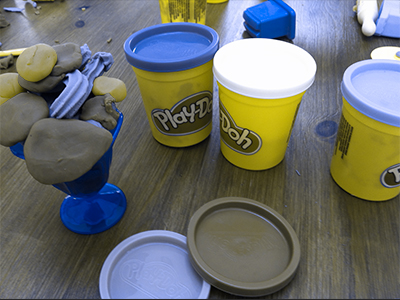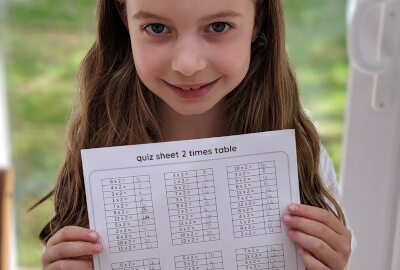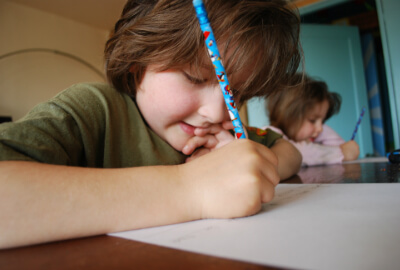Helping Colour-Blind Children ...and Teachers!
Small Considerations Can Make a Difference

Colour-blindness affects roughly 1 in 12 males (8%) and 1 in 200 females. The most common form is red-green colour blindness. This condition doesn't just affect the perception of greens and reds, it can cause confusion with browns and oranges as well as pinks, purples and blues. Colour is used significantly in the world of education and teaching. If colour-blindness isn't considered when using colour to impart meaning, importance and direction then some children may be placed at a disadvantage.
There are things you can do to help
- Use secondary indicators.
- Label colours.
- Highlighting.
- Seating arrangements.
- Switches and signs.
- Traffic lights.
- Naming consistency.
- Check colours.
- Observe.
- Consult and adapt
When using colour to convey difference consider if an additional second way of labelling may be necessary. Eg using shape, cross-hatching or underlining.
Think about adding labels to paints, felt tips or pencils with the name of their colour.
Consider how you highlight in books or on whiteboards. Assuming 'green for good' or 'red for bad' may not have the same implicit meaning to all your children. Even if the red or green chosen are distinguishable from each other.
Natural light is better than artificial light to differentiate colour. Think about seating colour blind children near to natural sources to help alleviate any distortion of perception.
Check switches are labelled for example not just green for on and red for off. Gadgets and tech can sometimes have interface design that is slick and minimal but doesn't naturally cater for colour blind users. Even the simplest of devices may thwart - ever seen a lock on a toilet door that has red for engaged and green for vacant? How does a colour blind child know if it is empty without knocking or trying the handle?
Try to avoid traffic light or RAG (red amber green) systems without using suitable secondary indicators.
Being consistent with the names and descriptions of objects can help colour blind children learn the colours of items. Try not to use ambiguous terms turquoise, mauve or lilac
Downloads, teaching sheets, workbooks, worksheets and textbook pages can all be check for colour meaning by photocopying into black and white or greyscale. Monitors and displays can be switched to black and white and if you are adept with photo software like photoshop then greyscale versions of almost anything can be created.

Creating with different coloured clay

How a colour blind child may see the same scene
Be on the lookout for children who can sometimes appear distracted or make mistakes. A colour blind child may take longer in trying to understand or distinguish results if they are colour based.
Check with any of your children, staff or friends who have been diagnosed with colour blindness to try and identify where you may be able to improve your teaching or your work area. You may also be helping non-colour blind users by levelling the playing field.
For more information on colour blindness visit www.colourblindawareness.org
More articles

Why Times Tables are So Important
Three Threes are Nine - Is That Fine?
They are the building blocks to furthermore complex mathematics. Children who struggle with them in primary school are likely to fall behind when they begin secondary school.
Read more about times tables
Playing to Learn - Child Led Play
Is It Ok to Just Let Go?
Sometimes stepping back can lead to a big step forward
Tripod grip explained in pictures
Photos that show just what this is
The way you hold your writing implement can have a big effect on your early writing